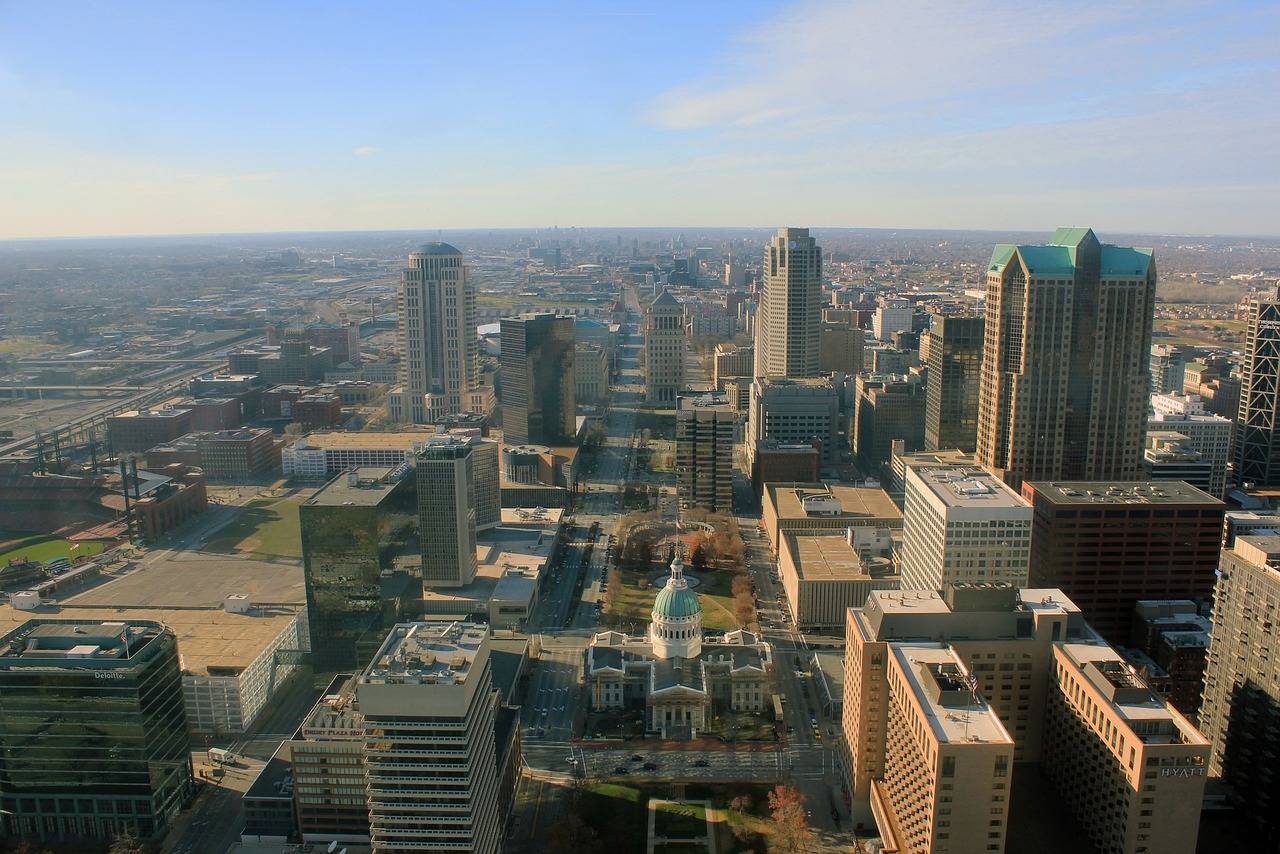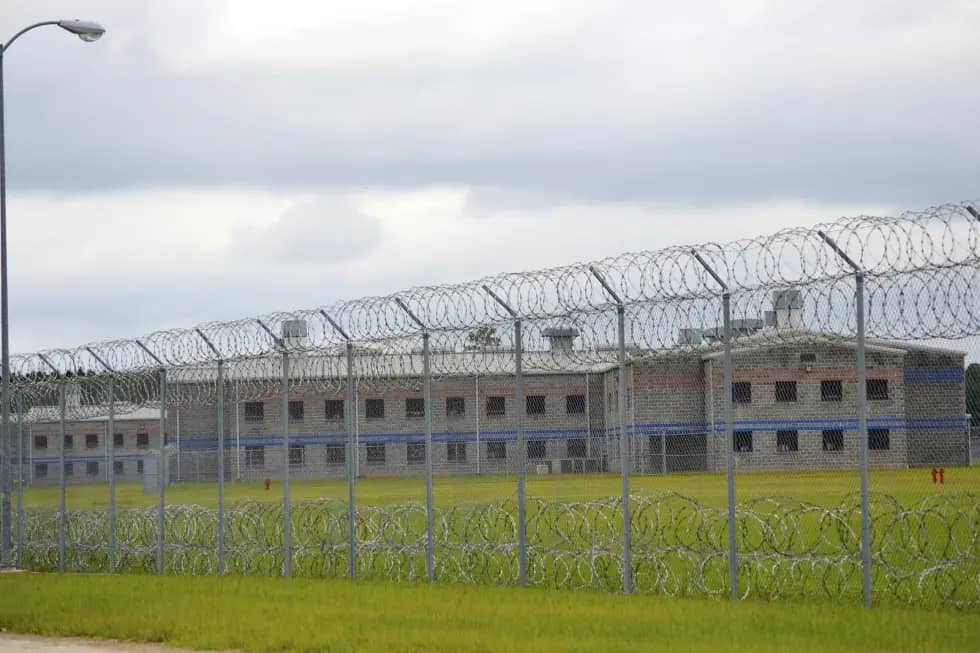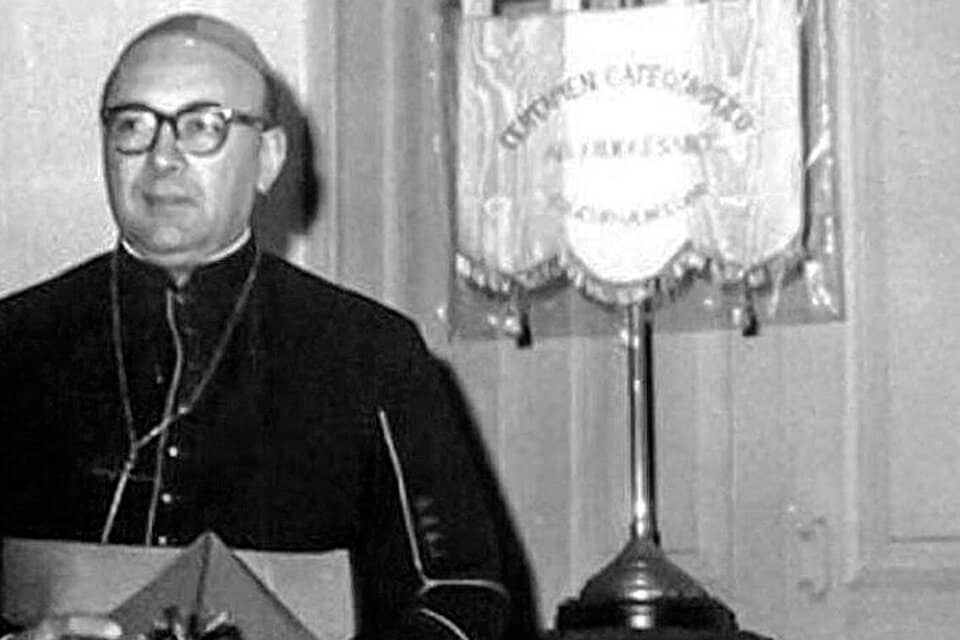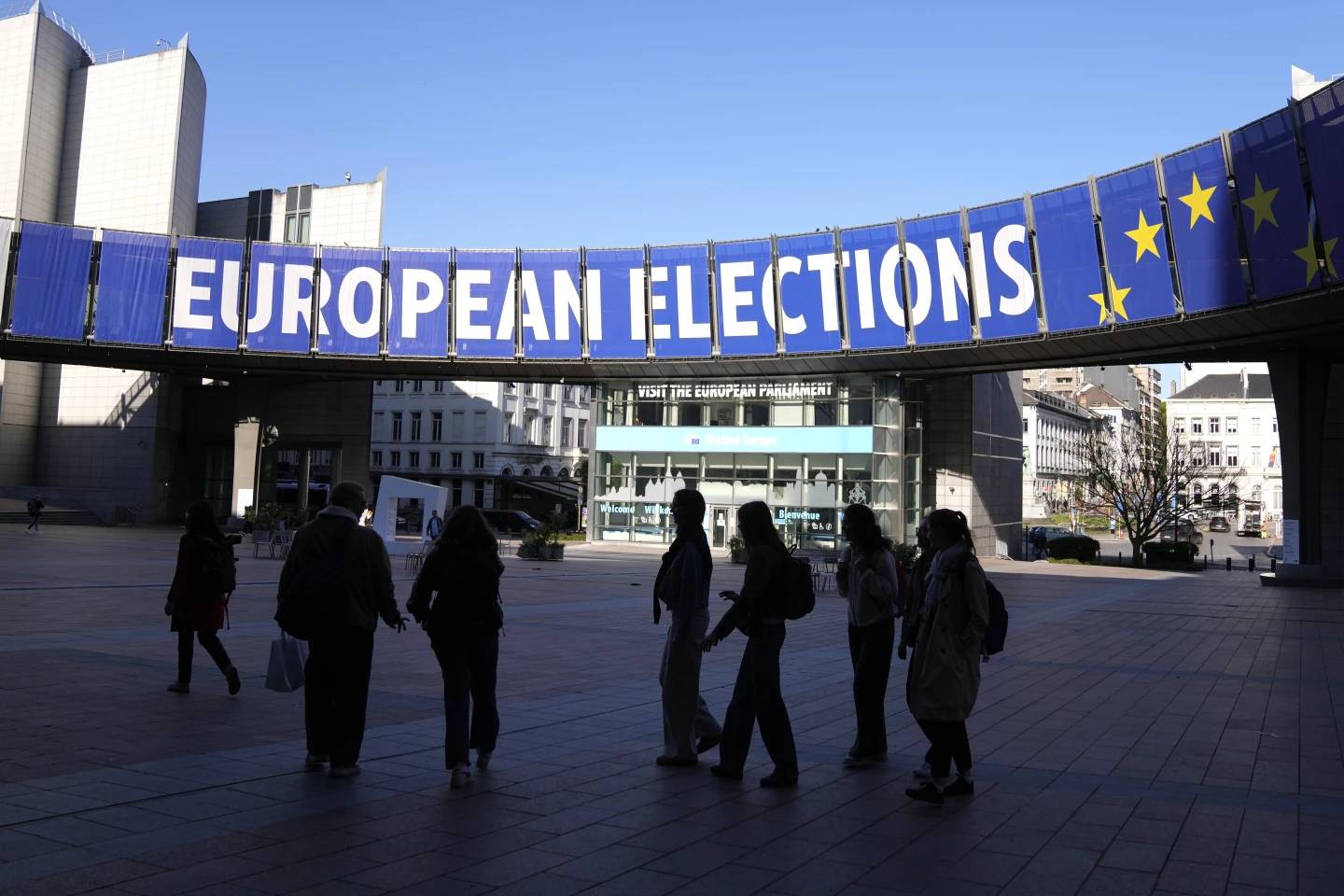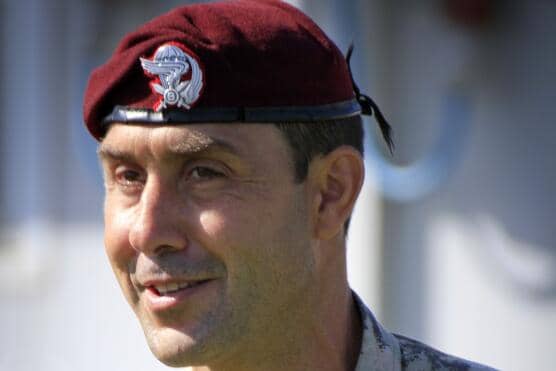REIMS, France — On quiet days at the Tour de France, when even the commentators on French TV talk about the boredom of flat, long, meandering stages where not much happens until the sprint finish, there’s always another star that comes to the fore: France and its magnificent monuments.
The Gothic cathedral in the Champagne city of Reims formed a breathtaking backdrop for the start of Tuesday’s Stage 4, won 5 hours and 132 mostly uneventful miles later in Nancy by Elia Viviani, an Italian sprinter.
The towering 13th-Century edifice where France’s kings were crowned stands as a symbol of hope for the future of another great French cathedral, Notre Dame in Paris.
Like Notre Dame, ravaged by fire in April, the towering cathedral in Reims also endured disaster, when it was heavily shelled in World War I. The ensuing inferno shattered and blackened its massive stone pillars and exquisite sculptures and heavily damaged luminous stained-glass windows that, now restored, bathe its cool and cavernous interior in a rainbow of color. Flames also melted the lead roof, which dripped through the gargoyles.

“The most appalling drama for this cathedral was the bombing of 1914,” said Veronique Palot-Maillart, a cathedral guide and historian. “The stained-glass windows were impacted. The stone was scorched. The frame burned for days. It was an absolute drama.”
After the war, there was talk of turning the mutilated cathedral — hit by more than 300 shells from German forces that occupied forts on the outskirts of Reims — into a memorial of German aggression. Instead, the decision was taken to rebuild, taking decades.

Restoration work on the North Tower, which suffered the worst fire damage, was completed in 1911. Renovations were still going on as recently as three years ago, with the equivalent of $3.7 million spent on the huge rose-shaped window on the cathedral’s face.
And more than a century after the war ended, the work isn’t over.
“We’re still restoring parts of the cathedral that were weakened, destroyed in 1914. So our greatest hope is that won’t be the case in Paris, that we’ll rapidly rediscover a cathedral that’s been fully restored,” said Bernard Poret, head of the Society of Friends of Reims Cathedral that raises funds.
The cathedral was the standout among numerous monuments and sites of interest that the Tour zipped past, keeping TV commentators supplied with talking points as riders took it easy before cranking up the speed for the sprint finish, where Viviani hammered on his pedals for a career-first stage win at the Tour.
Julian Alaphilippe, the first Frenchman to wear the yellow jersey in five years after his solo victory in Stage 3, kept the overall lead.
AP Sports Writer Samuel Petrequin contributed to this report.










